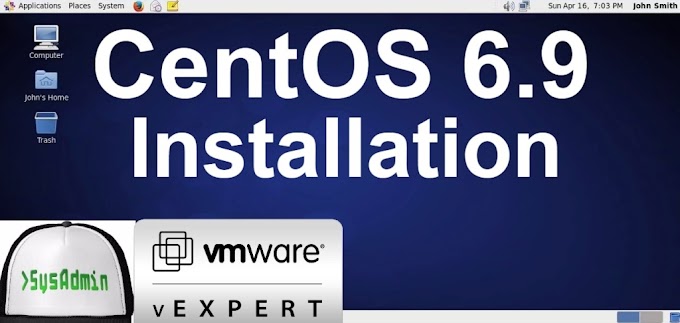 |
| Arch Linux 2017 Installation with LXQt Desktop on VMware Workstation |
This video tutorial shows Arch Linux 2017 Installation with LXQt Desktop on VMware Workstation/Player step by step. We'll also install applications such as Firefox, VLC, GIMP, Gedit, FileZilla and LibreOffice on Arch Linux 2017. This tutorial is also helpful to install Arch Linux 2017 on physical computer or server. We'll also install and test VMware Tools (Open VM Tools) on Arch Linux for better performance and usability features such as Fit Guest Now, Clipboard Sharing and Mouse Integration.
Arch Linux 2017 LXQt Installation Steps:
- Download Arch Linux 2017.03 ISO
- Create Virtual Machine on VMware Workstation/Player
- Start Arch Linux Base Installation
- Installing Xorg and LXQt Desktop
- Installing Firefox, VLC, GIMP, Gedit, FileZilla and LibreOffice Applications on Arch Linux
- Installing and Configuring VMware Tools (Open VM Tools)
- Arch Linux 2017 LXQt Desktop Review
Installing Arch Linux 2017 with LXQt Desktop on VMware Workstation
What is Arch Linux?
Arch Linux Website: https://www.archlinux.org/
Arch Linux 2017.03 New Features and Improvements
Due to the decreasing popularity of i686 among the developers and the community, they have decided to phase out the support of 32-bit architecture. Arch Linux 2017.02 ISO was the last that allows to install 32-bit Arch Linux. The next 9 months are deprecation period, during which i686 will be still receiving upgraded packages. Starting from November 2017, packaging and repository tools will no longer require that from maintainers, effectively making i686 unsupported. There's only one option for installing the Arch Linux operating system on new PCs, for 64-bit (x86_64) platforms.Arch Linux Minimum System Requirements
Arch Linux should run on any x86_64-compatible machine with a minimum of 512 MB RAM. A basic installation with all packages from the base group should take less than 800 MB of disk space. As the installation process needs to retrieve packages from a remote repository, a working internet connection is required.What is LXQt Desktop Environment?
LXQt is a lightweight Qt desktop environment. It is focused on being a classic desktop with a modern look and feel. Historically, LXQt is the product of the merge between LXDE-Qt, an initial Qt flavour of LXDE, and Razor-qt, a project aiming to develop a Qt based desktop environment with similar objectives as the current LXQt. LXQt was first supposed to become the successor of LXDE one day but as of 09/2016 both desktop environments will keep coexisting for the time being.LXQt Desktop Website: http://lxqt.org/
Hope you found this Arch Linux 2017 installation with LXQt Desktop and Apps tutorial helpful and informative. Please consider sharing it. Your feedback and questions are welcome!



0 Comments